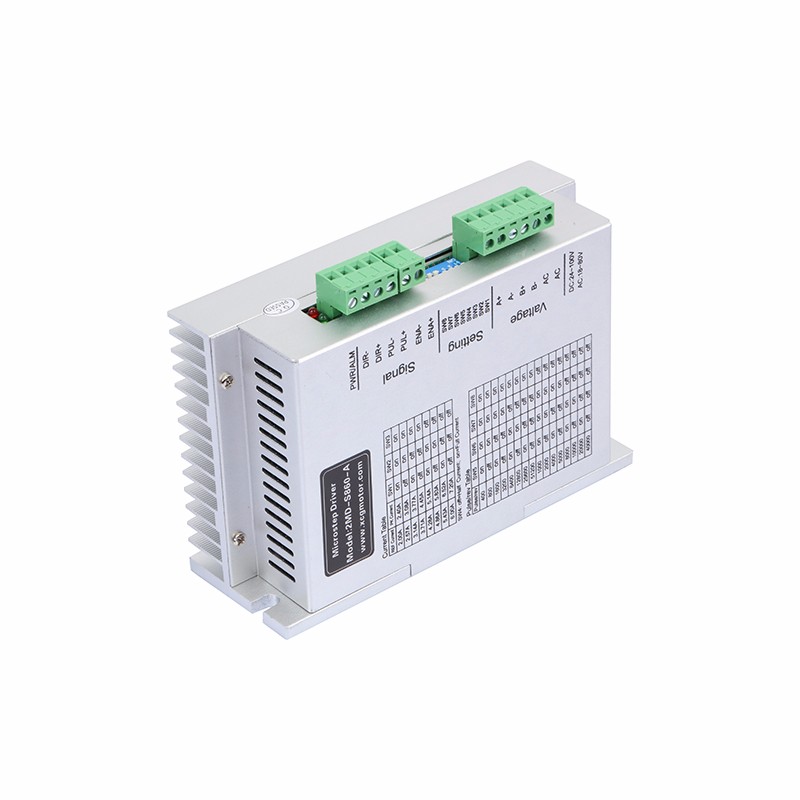
The speed of the stepper servo motor depends on the pulse frequency, the number of rotor teeth and the number of beats. Its angular velocity is proportional to the pulse frequency and synchronized wit...
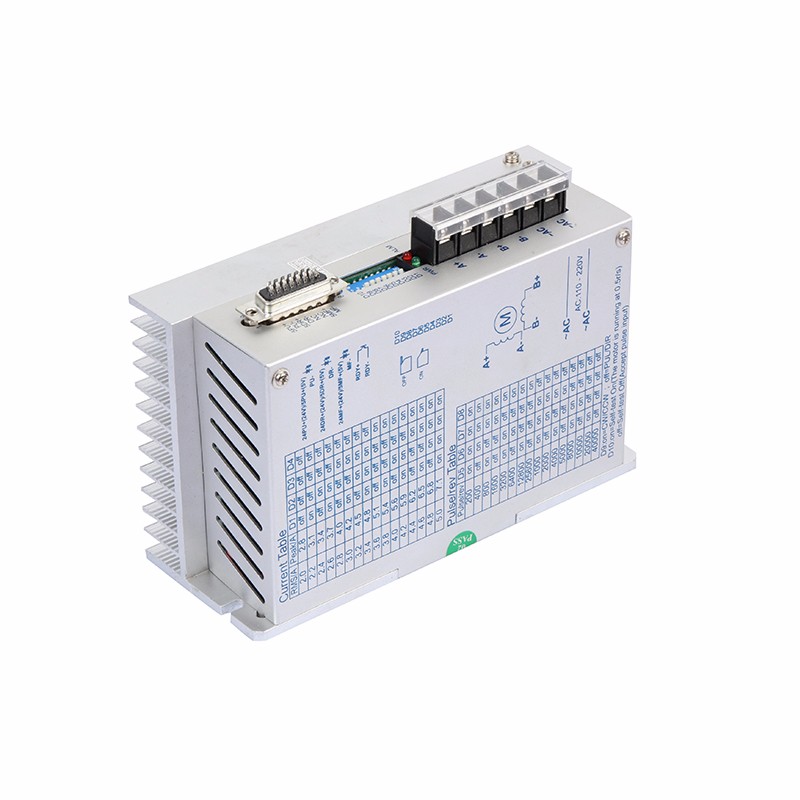
Indicator terms for stepper motors1. Step angle accuracy: the error between the actual value and the theoretical value of the step angle each time the stepper motor rotates. Expressed in percentage: e...
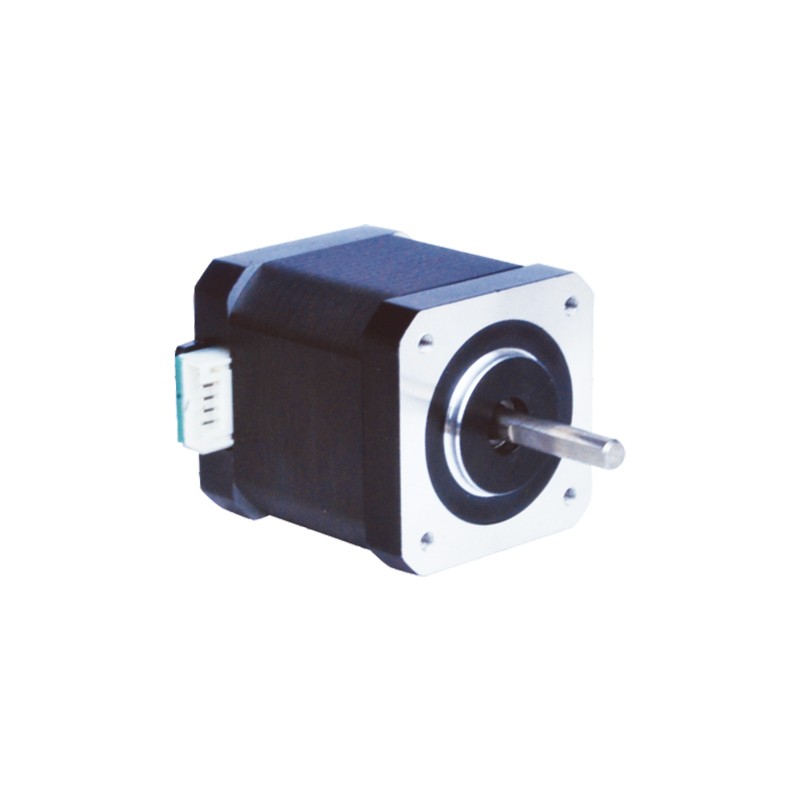
Stepper motors are specialized motors designed to precisely control position and speed. Its working principle is to use electronic circuits to convert direct current into time-sharing power, multi...
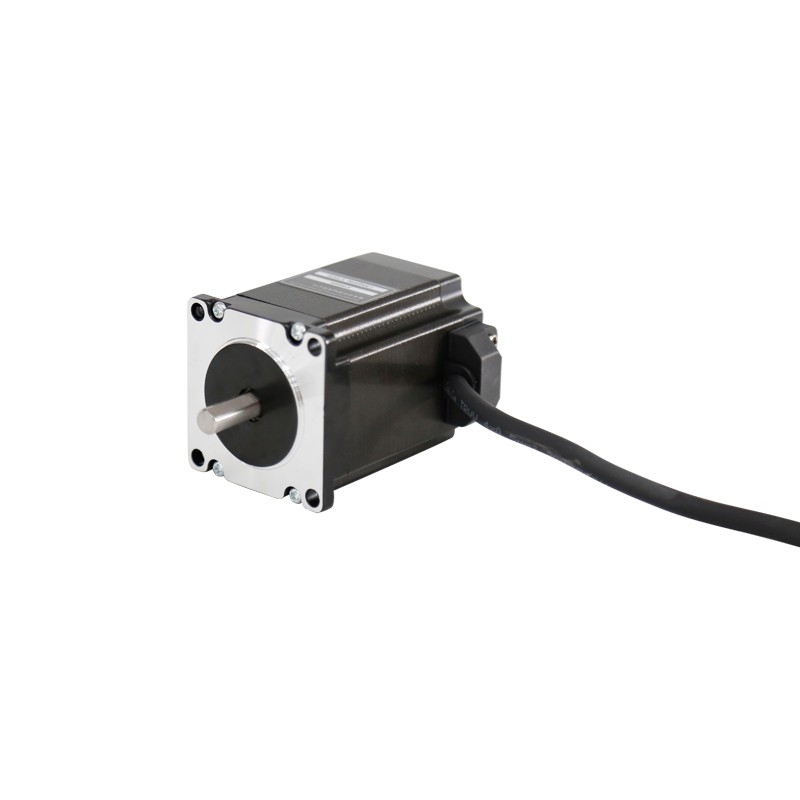
Industrial manipulators are mechatronic automation equipment that imitate the movements of human hands and replace human hands to grab, transport workpieces or operate tools according to set procedure...
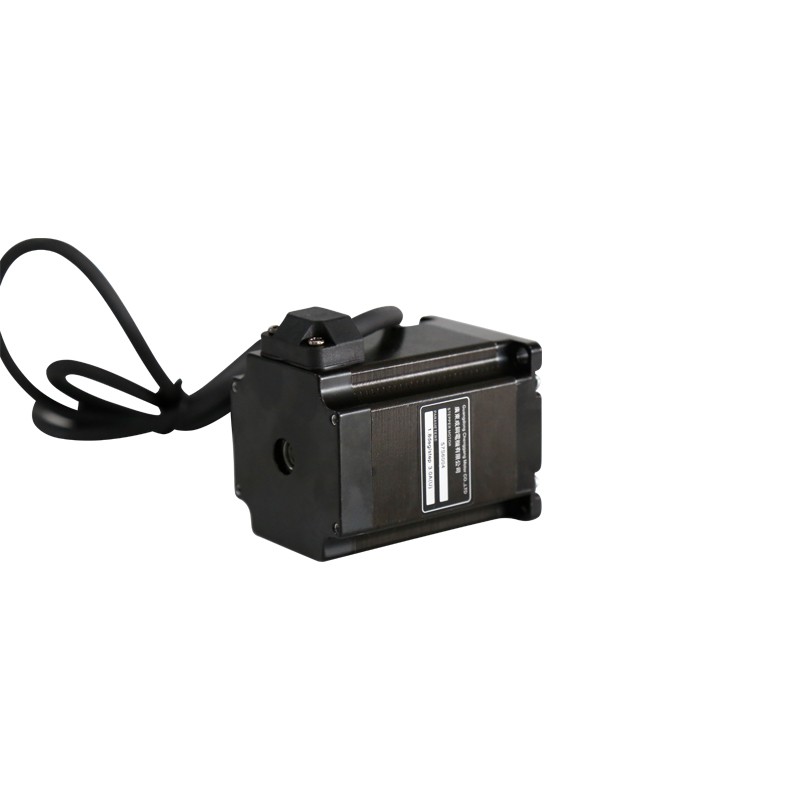
The function of the servo motor is to convert the input voltage control signal (voltage amplitude and phase) into the output angular displacement and angular velocity on the shaft. It is generally use...
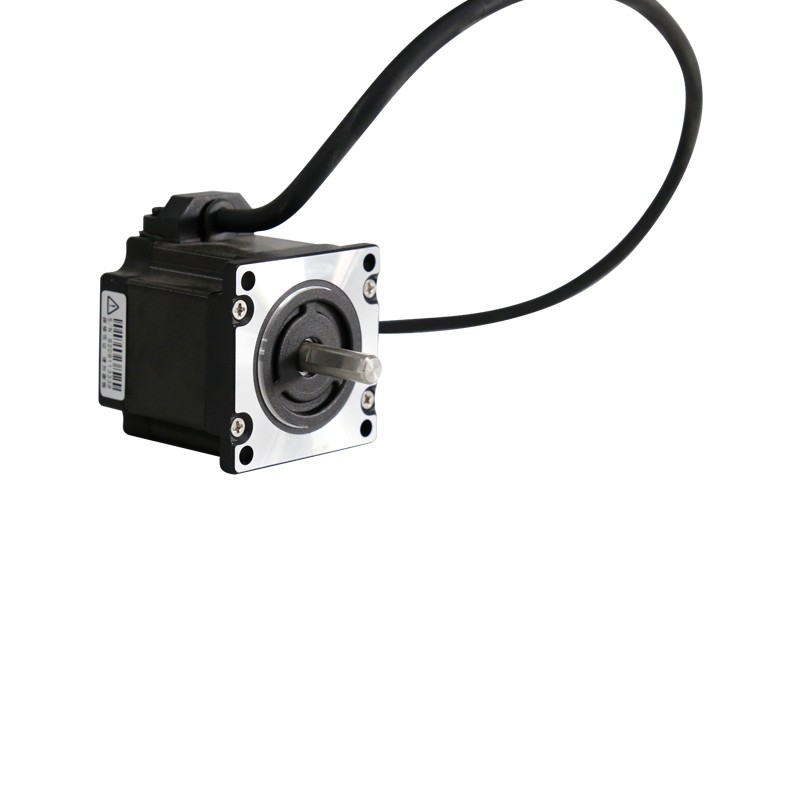
The function of the stepper motor is to convert electrical pulse signals into mechanical angular displacement. It is often used as an actuator in digital control systems. Since its input signal is a p...
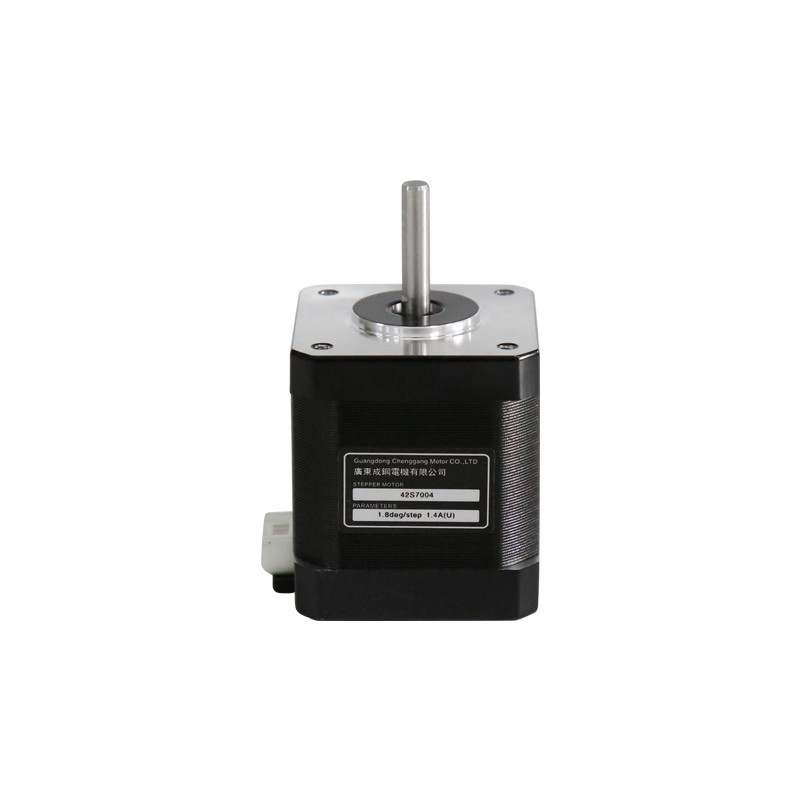
Pay attention to the following points when using stepper motors:1. The stepper motor is used at low speed, and the speed should not exceed 1000rpm, preferably between 150-450rpm. It has the advantages...
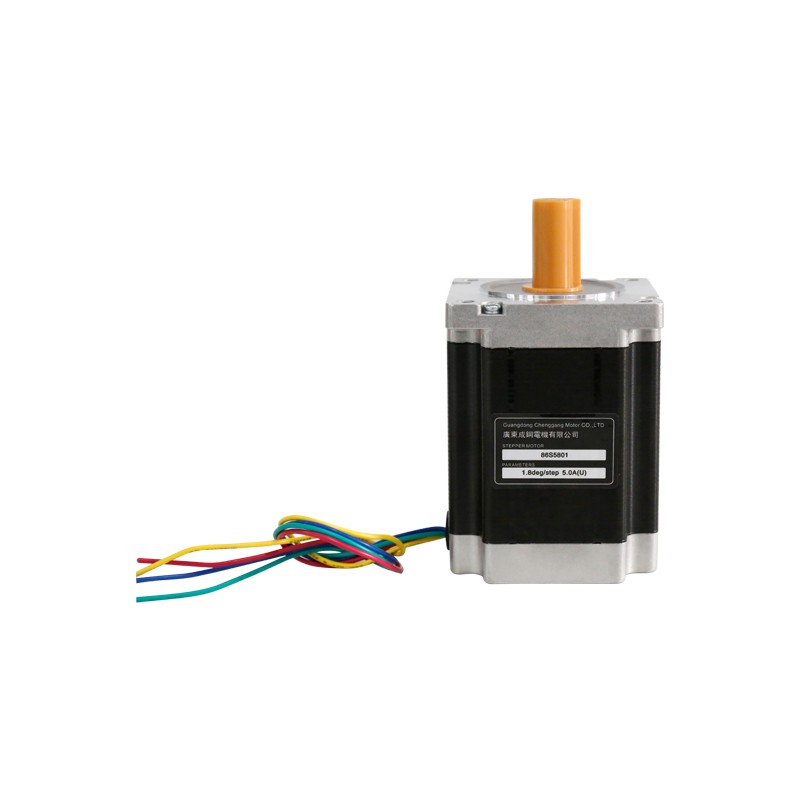
Stepper motors can be divided into three types: reaction motors, permanent magnet motors and hybrid motors. Next, the editor will explain the advantages and disadvantages of these three types of stepp...